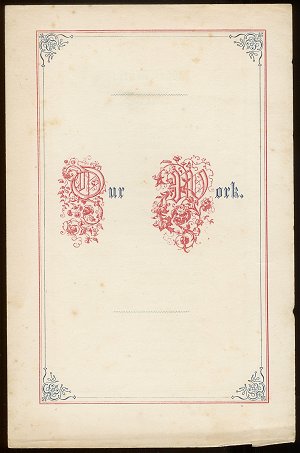
Arthur C. Clarke died yesterday. This post is not going to be a review of his life, you can look on Wikipedia or any newspaper today for that.
This is simply a tribute to my favorite science fiction writer, whose death saddens me.
When I was in Middle School and High School I was (surprise, surprise) a nerd. A geek. My friends and I loved science and science fiction. We read it and we watched it and we wrote it. In my own particular circle, the face-off was always between Isaac Asimov and Arthur C. Clarke, and I was an Arthur C. Clarke nerd.
Don't get me wrong, I loved Asimov too, but Sir Arthur had something more for me, and that was a sly sense of humor. You can see it in his mainstream works, such as the ever-popular 2001 (I'm sorry, Dave), and in his lesser-known works, such as his "Tales from the White Hart' series of stories. 'Tales from the White Hart' remains among my favorite science-fiction books ever. It takes place in a British pub, and recounts the tall tales of Harry Purvis, a scientist who can trade stories with the best of them. The stories are witty, intelligent, and funny.
The first Arthur C. Clarke story I ever read was called "The Nine Billion Names of God", in a paperback anthology of the same name. The coincidence here is that this story dealt with llamas in Tibet, who were programming a computer to compute the nine billion names of God, at which point His purpose would be served, and the Universe would cease to exist. Tibet is, of course, in the news and my thoughts today.
When I was in 7th grade we had things called "Mini Courses"- these were extra-curricular course taught twice a week by teachers on subjects like word games, fencing, bargello, weather forecasting, and so on. Somehow my friend Marc and I persuaded my homeroom teacher, Mrs. Lewis, to sponsor us as "teachers" of a Mini-Course called "The Science-Fiction Book Club". We didn't have this idea in time to get it into the booklet they passed around at the beginning of the term, so not many people knew it existed. When Mini-Course sign-up period came, we sat in Mrs. Lewis's room at our own table, ready to take our students, as other students came in for Mrs. Lewis's course on word games.
When the room was full Mrs. Lewis stood up and said "Everyone who is here for Word Games, sit where you are. Everyone who is here for the Science Fiction Book Club, go over and sit with Marc and Forrest".
And everyone looked at us, sitting at our table, all alone, and nobody moved.
But hey, it turned out ok. We had a classroom and a whole two extra periods a week all to ourselves, and we signed the "passed course" sheets for each other the first day, and just read books and goofed off for the entire term. It was cool.
And I read a lot of Arthur C. Clarke stories that period. Arthur C. Clarke had the rare gift to be a serious scientist and a witty and original storyteller, and his passing saddens me.
I raise a glass tonight to Sir Arthur. May the Nine Billion Names of God include yours.








